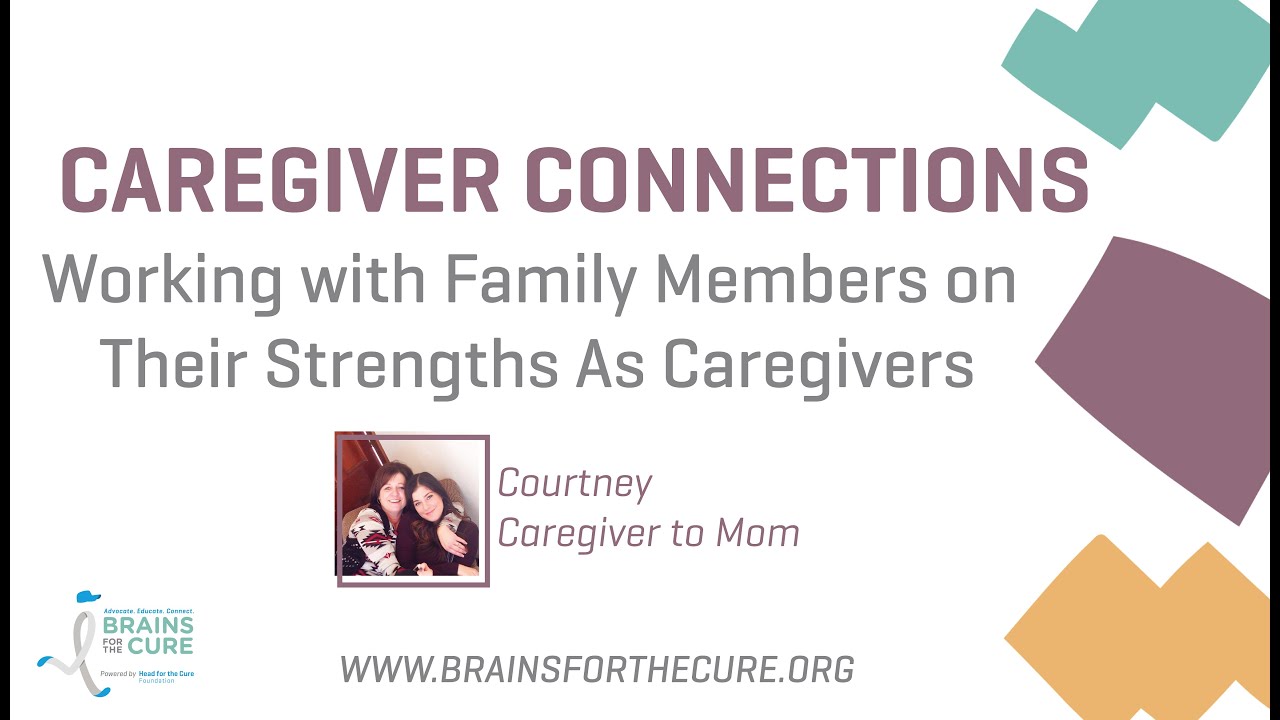
Caregiver Questionnaire
JPH Guide
R: Caregiver - Having outlets and asking for help
Relational
Relational - Finding Rhythm
Relational: Approach to sharing the journey
Telling Your Close Friends and Family
Healthy communication between a caregiver and a brain tumor patient is essential for providing effective care, fostering mutual understanding, and maintaining emotional well-being. Here are some tips for promoting healthy communication and topics to discuss:
Tips for Healthy Communication:
Active Listening: Practice active listening by giving the patient your full attention, maintaining eye contact, and acknowledging their feelings and concerns.
Empathy and Validation: Show empathy by recognizing and validating the patient’s emotions and experiences. Avoid dismissing or minimizing their feelings.
Openness and Honesty: Be open and honest in your communication, but also sensitive to the patient’s emotional state. Share information about their condition, treatment options, and prognosis in a clear and understandable manner.
Respect Boundaries: Respect the patient’s boundaries and preferences regarding communication. Some patients may prefer to discuss certain topics at specific times or may need breaks from discussing their illness.
Encourage Expression: Encourage the patient to express their thoughts, feelings, and concerns openly. Let them know that you are there to listen and support them.
Use Nonverbal Communication: Pay attention to nonverbal cues such as body language, facial expressions, and tone of voice. These can provide valuable insights into the patient’s emotional state.
Problem-Solving Together: Collaborate with the patient on problem-solving and decision-making regarding their care. Involve them in discussions about treatment options, symptom management, and lifestyle adjustments.
Be Patient and Understanding: Be patient and understanding, especially during times of stress or frustration. Remember that the patient may experience mood swings, cognitive changes, or other challenges due to their illness and treatment.“One of the hardest things when my mom was going through her glioblastoma battle is her impulsivity or stuborness due to the tumors placement in her frontal lobe. It would cause her to act as a toddler sometimes and we had to remind ourselves that we were mad at the tumor and not her.” – Courtney W., Caregiver
Topics to Discuss:
Treatment Plan: Discuss the patient’s treatment plan, including medications, therapies, and medical appointments. Make sure the patient understands their treatment options and feels empowered to participate in decision-making.
Symptom Management: Talk about strategies for managing symptoms such as pain, nausea, fatigue, and cognitive changes. Explore different coping techniques and lifestyle modifications that may help improve the patient’s quality of life.
Emotional Support: Address the patient’s emotional needs and provide support for any anxiety, depression, or other mental health concerns they may be experiencing. Encourage the patient to express their feelings and seek professional support if needed.
Practical Assistance: Discuss practical matters such as financial concerns, transportation to medical appointments, and assistance with daily activities. Offer your help with tasks such as meal preparation, household chores, and personal care as needed.
Future Planning: Have open and honest conversations about the future, including advance care planning, end-of-life preferences, and long-term goals. Encourage the patient to express their wishes regarding medical treatment and quality-of-life decisions.
Quality Time: Make time for enjoyable activities and meaningful conversations that are not focused solely on the patient’s illness. Engage in hobbies, interests, and social interactions that bring joy and connection to both of you.
Self-Care: Discuss the importance of self-care for both the caregiver and the patient. Encourage each other to prioritize rest, relaxation, healthy eating, physical activity, and stress management techniques.
Support Networks: Talk about the importance of building and maintaining support networks, including family, friends, support groups, and healthcare professionals. Offer encouragement and resources for connecting with others who understand the challenges of living with a brain tumor.
By fostering open, honest, and supportive communication, caregivers and brain tumor patients can navigate the challenges of illness together while promoting mutual understanding, emotional well-being, and quality of life.
Read More


